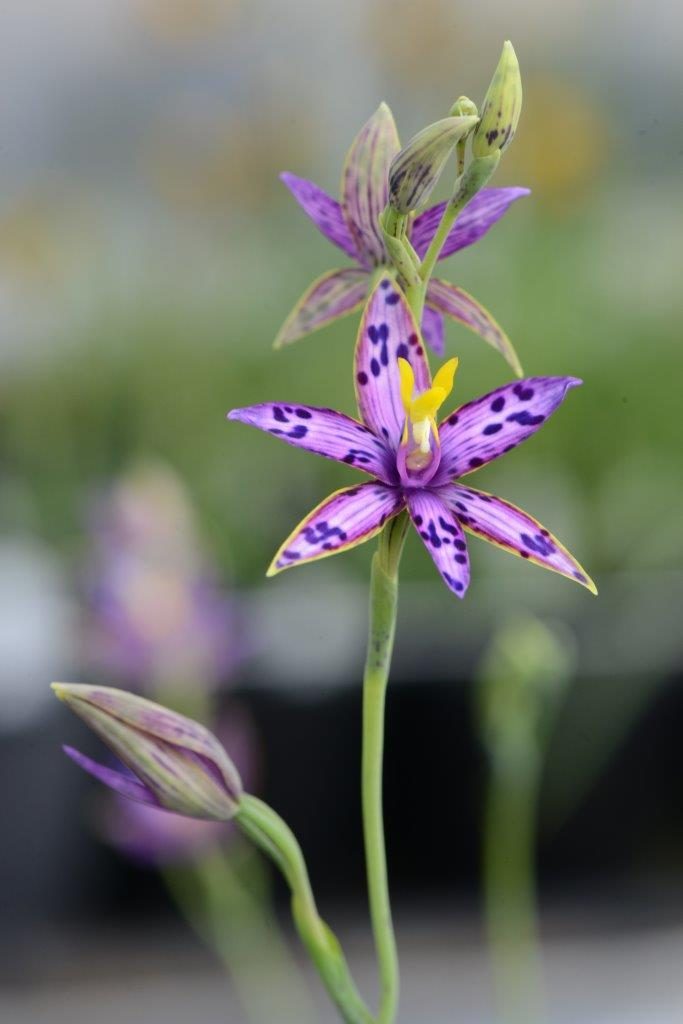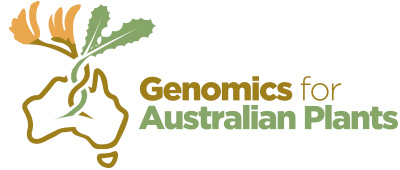Thelymitra variegata (Queen of Sheba orchid)
Aim: Reference genomes (Phase 2 project)
Project initiation: Oct 2020

Project collaborators:
- Katharina Nargar | Australian Tropical Herbarium
- Annette McGrath | Data61, CSIRO
- Lars Nauheimer | Australian Tropical Herbarium
- Lalita Simpson | Australian Tropical Herbarium
- Oscar Perez-Escobar | Royal Botanic Gardens Kew
- Mel Harrison | Australian Tropical Herbarium
- Lan Li | CSIRO, Centre for Australian National Biodiversity Research (CANBR)
- Mark Clements | CSIRO, Centre for Australian National Biodiversity Research (CANBR)
- Belinda Davis | Kings Park, Botanic Gardens and Parks Authority
- Mark Brundrett | University of Western Australia
- Jacqueline Batley | University of Western Australia
Project description:
The Queen of Sheba (Thelymitra variegata) is one of the most charismatic and outstanding Australian orchids. Home to only a few regions in southwest Australia, the species is of conservation concern due to declining numbers. Hence, the Queen of Sheba is an excellent flagship species for rare and threatened Australian plants and habitats.
The Queen of Sheba exhibits several unique features that are of high scientific and horticultural value, in particular of floral traits. Knowledge about the genetic underpinnings of the highly unusual radially symmetric orchid flowers will enable new insights into orchid flower development. These orchids are also renowned for their unusual flower colours in the orchid family, including blue; and to understand the genetic basis of the lustrous and unique colour patterns of the Queen of Sheba is of high horticultural interest.
Further, the development of genomic resources for this species is highly valuable to enable advanced conservation genomic approaches, which will facilitate the inclusion of already extinct populations from historic collections. This will help our understanding of today’s genetic diversity and for setting conservation priorities. The project will generate genomic resources that will be transferable to other threatened Australian orchid species.
